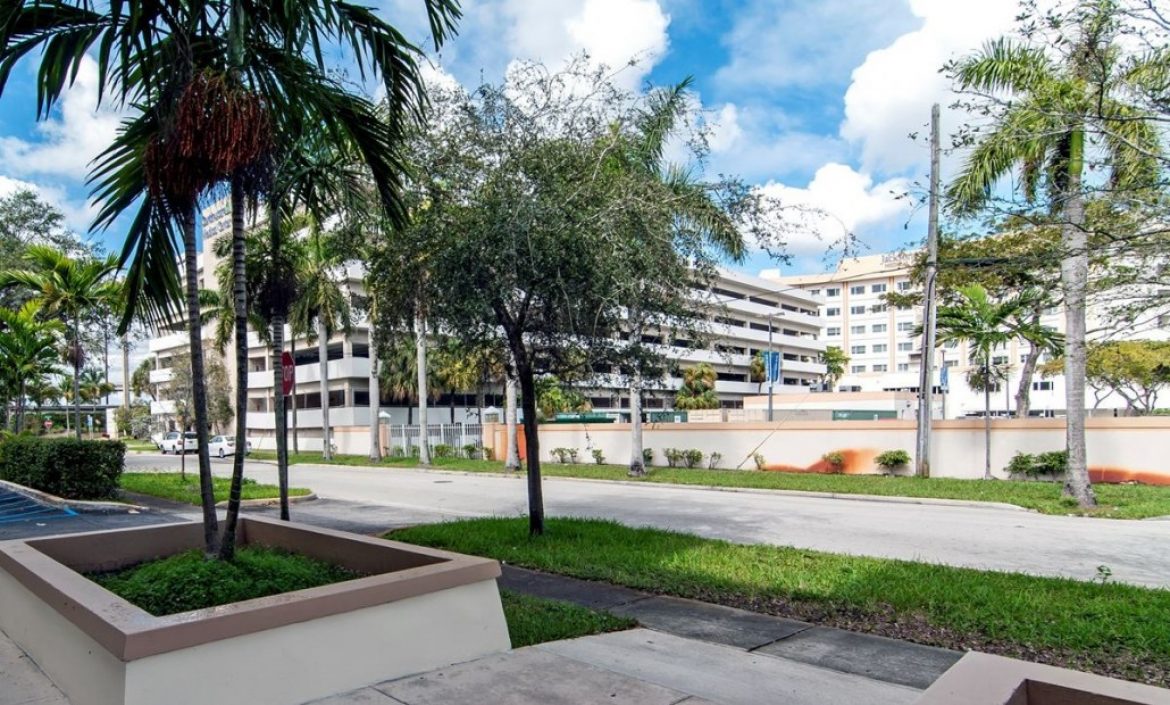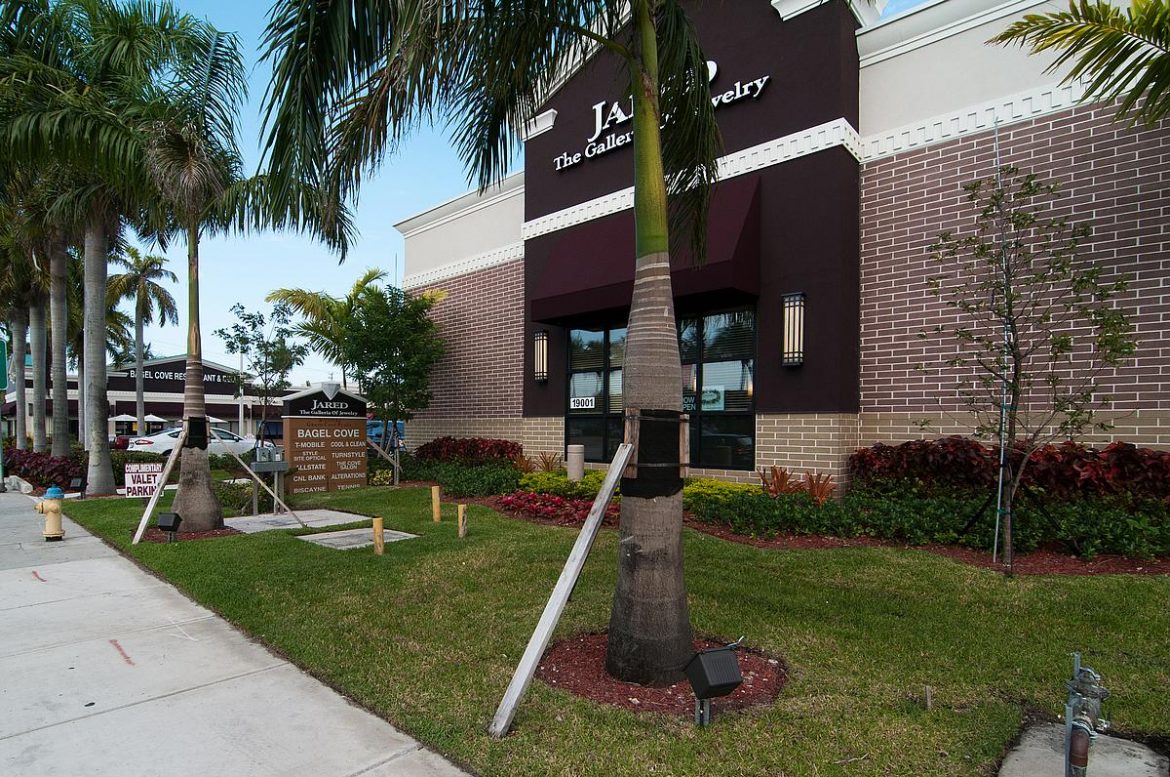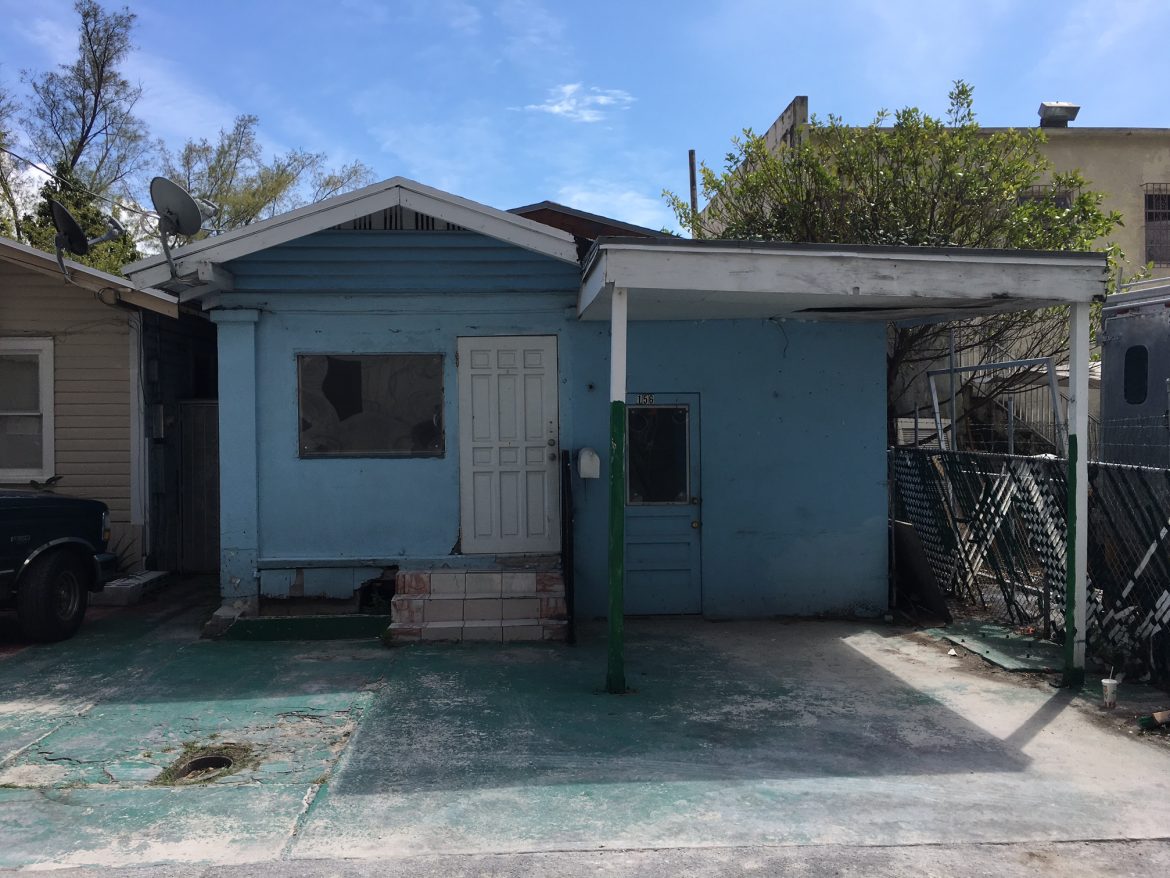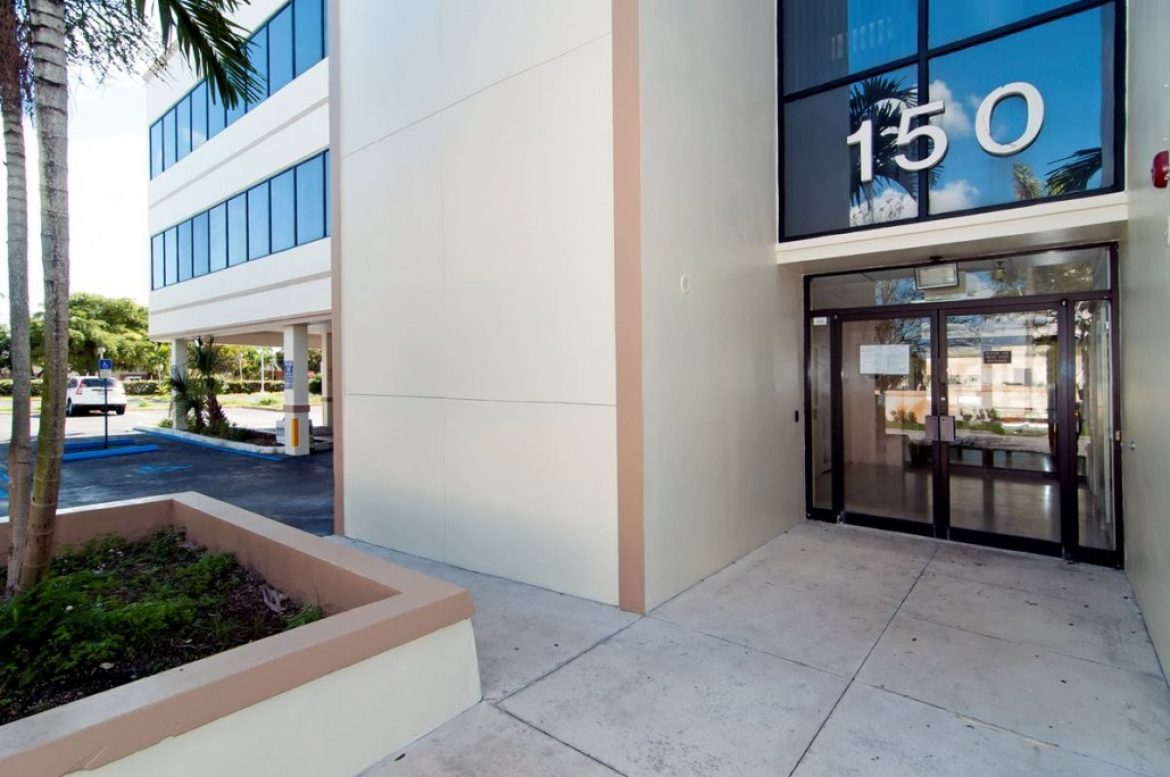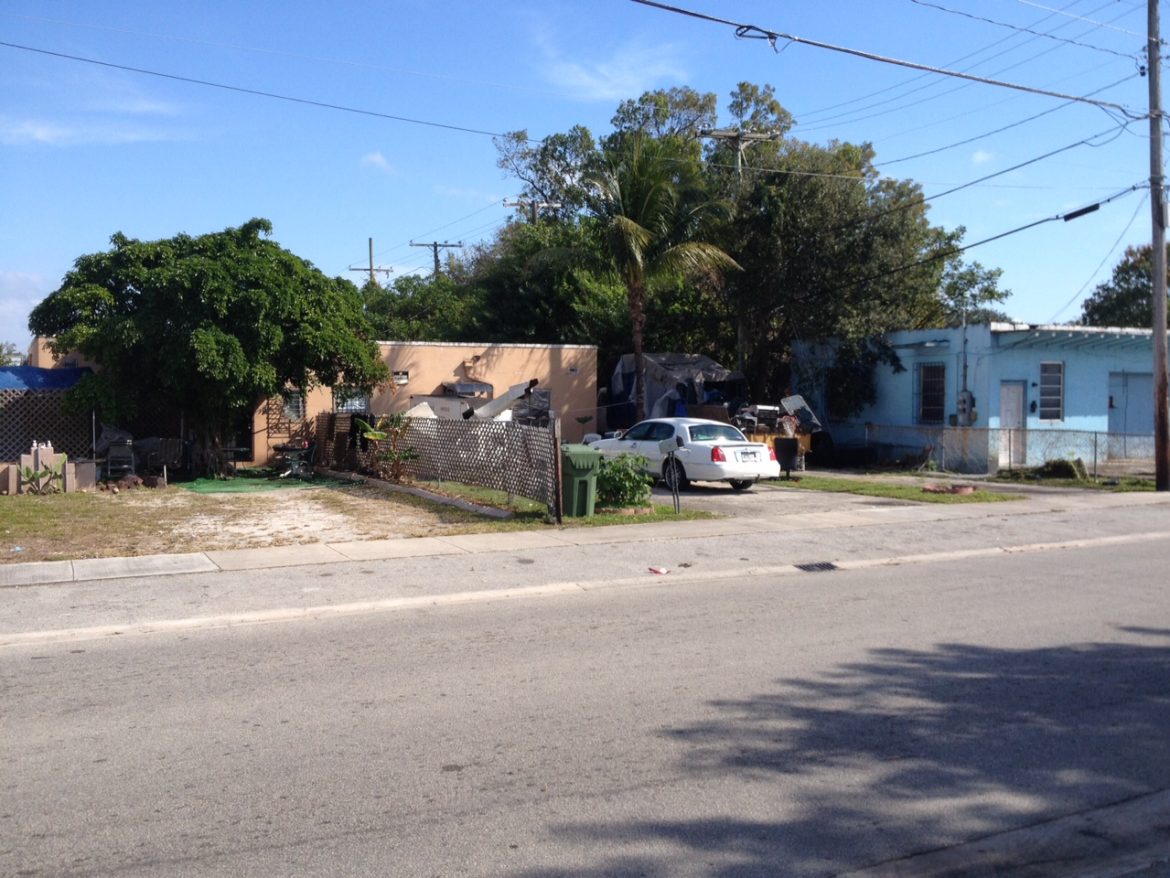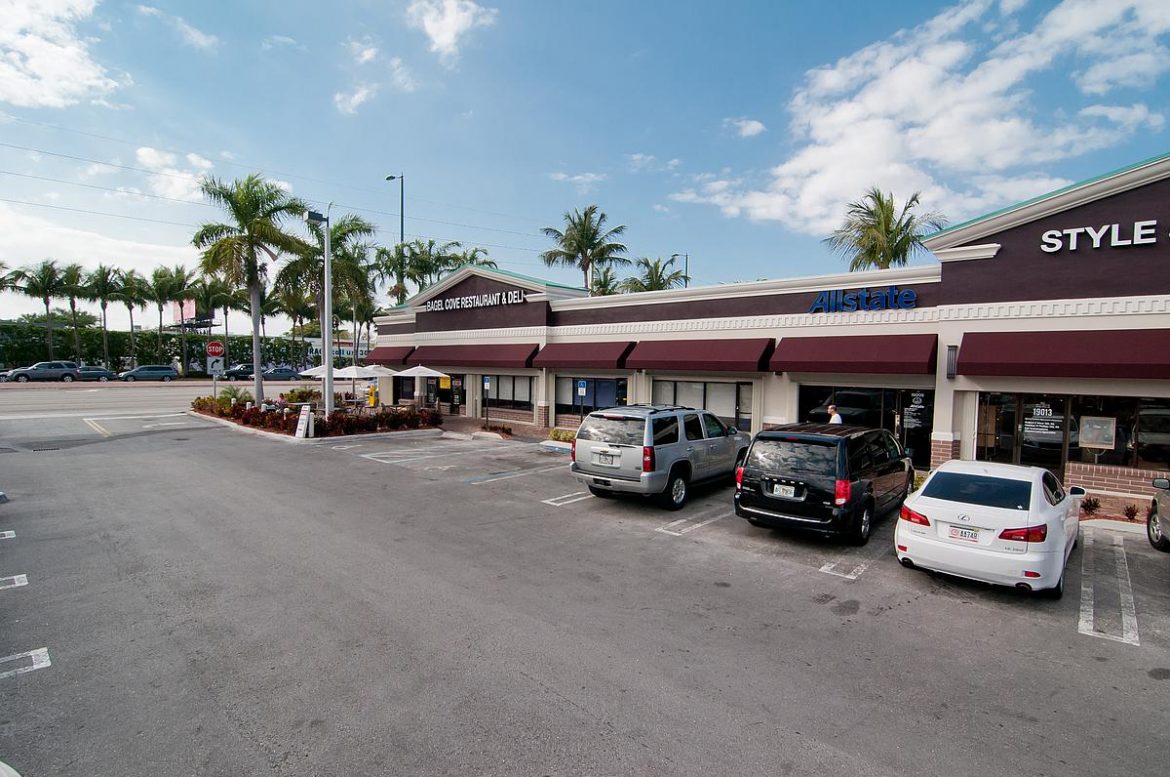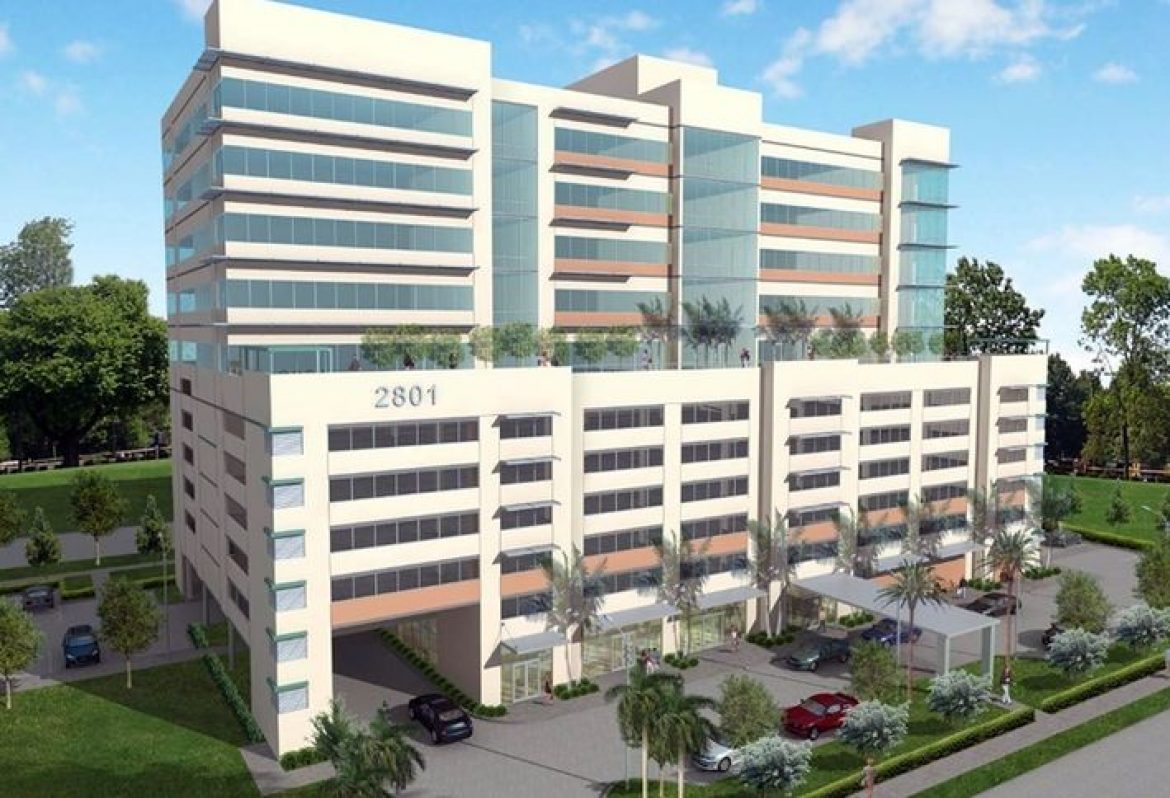
An assemblage of South Beach properties, including the home of Mango’s Tropical Cafe on Ocean Drive, hit the market unpriced.
The properties include 900 Ocean Drive and 909, 919 and 929 Collins Avenue in the Art Deco Historic District, according to the listing. David Wigoda and Lee Ann Korst of CBRE have the listing. The assemblage spans just under 1 acre.
David Wallack, longtime operator of Mango’s, owns the 20,000-square foot building on Ocean Drive, constructed in 1952. The Wallack family has owned the building for more than 60 years. Mango’s opened about 30 years ago.
Wallack and his son, Josh, have secured an option for the three Collins Avenue properties and now seek proposals to buy and redevelop the entire assemblage.
So far developers from across the world have expressed interest, Wallack said. He believes that local business owners and local political leaders are ready for a new development in the area. But it may take time.
“Beginning is the most important thing,” Wallack told The Real Deal. “We’re looking to create new excitement internationally. We want this development to reach the next level.”
Wallack declined to give a desired price for the assemblage, saying that he is open to various ideas for the property, even if they don’t include Mango’s or result in a new concept for the cafe.
The 6,000-square-foot building at 909 Collins is owned by a company managed by Isaac L. Ursztein, according to records. The company bought the building in 2010 for $2.6 million. The building was built in 1925.
The building at 919 Collins is owned by a company managed by Kathleen Rampaul of Staten Island. The 8,000-square-foot building was built in 1924. The company bought the building for $7.1 million in 2017, records show.
The 8,000-square-foot building at 929 Collins is owned by an investment group with ties to Julio R. Marques Gonzalez, Alejandro Gonzalez, Freddy Alvarado Lopez, Isabel Vives, Enrique Barton, Maria Emilia Salvador Barton, Alejandro Isava, Rafael Isava and Ana Alejandra Isava. Barton is a licensed real estate broker with Met 21 Group, according to records and his LinkedIn profile. The group bought the building, constructed in 1934, for $2 million in 2009.
Earlier this year, Mango’s was part of a group of local restaurants to receive money through the federal Paycheck Protection Program program.
Other proposed projects nearby in Miami Beach include Michael Shvo’s plans to add a residential tower behind the landmark Raleigh Hotel.
Source: The Real Deal

